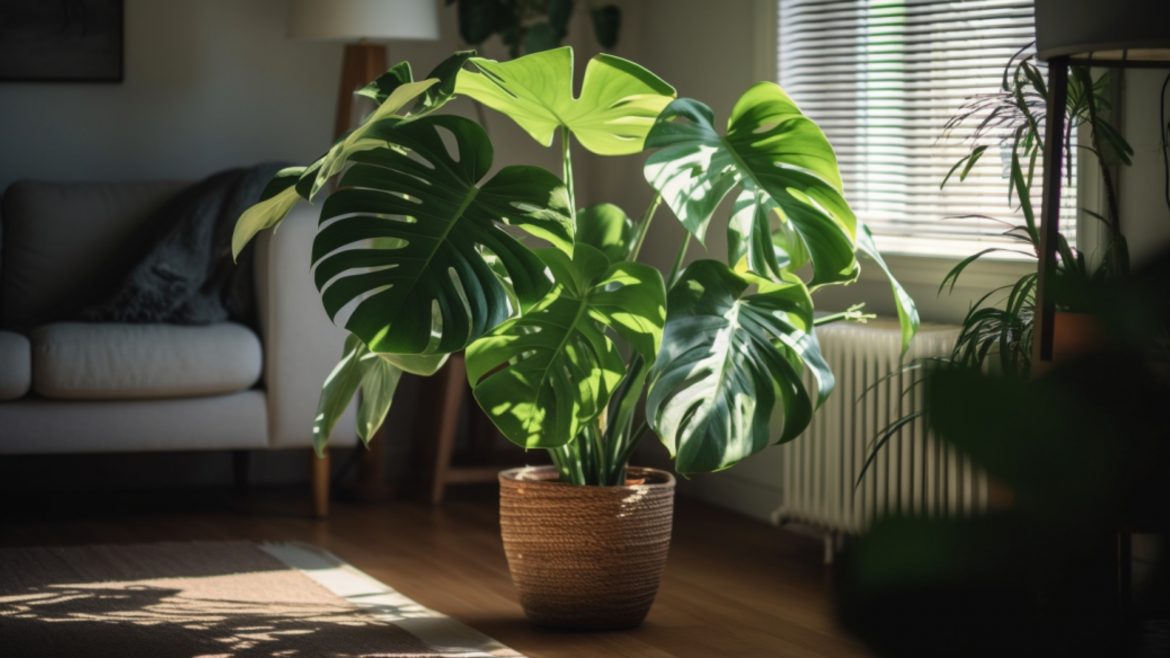With its large, perforated leaves and unmistakably tropical vibe, the monstera—particularly the Monstera deliciosa—has become one of the most popular houseplants for a reason. It’s bold, beautiful, and relatively easy to care for once you know what it needs. Whether you’re new to plant parenthood or simply looking to help your monstera thrive, this guide covers everything from lighting and watering to pruning, feeding, and propagation.
ALSO SEE: How to keep pets away from your indoor plants
Find the right light
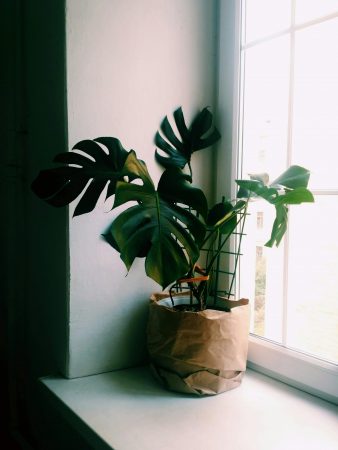
Pexels
Monsteras thrive in bright, indirect light, which mimics the dappled sunlight of their natural rainforest habitat. Avoid placing your plant in direct sun, as the leaves can easily scorch. A spot near an east- or north-facing window is ideal, though filtered afternoon light from a south-facing window can also work if softened by a sheer curtain.
Too little light can stunt your monstera’s growth and lead to smaller, non-perforated leaves. If the plant begins to lean or stretch, it’s likely reaching for more light—so move it to a brighter position.
Water with care
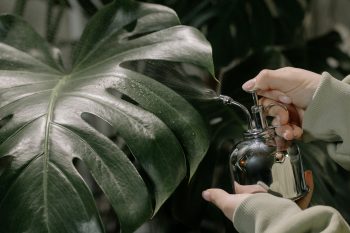
Pexels
The monstera likes its soil to be kept lightly moist but not soggy. A good rule of thumb is to water when the top few centimetres of soil feel dry to the touch. During the warmer months, this may be once a week; in winter, watering should be reduced as growth slows.
Always water thoroughly and let any excess drain away—monsteras hate sitting in water, which can lead to root rot. A well-draining pot with a saucer is essential.
High humidity is a bonus. While monsteras tolerate standard indoor humidity levels, they’ll flourish in a more tropical environment. You can mist the leaves regularly, group plants together to create a microclimate, or use a humidifier to keep the air moist.
Choose the right soil
A rich, airy, well-draining potting soil is essential. Aim for a blend that retains some moisture without becoming waterlogged. A mix of peat, perlite, and compost works well, though you can also add orchid bark or coco coir for extra structure. You can find these at most nurseries.
Avoid dense or clay-heavy soils, which can compact over time and suffocate the roots.
Keep it warm and stable
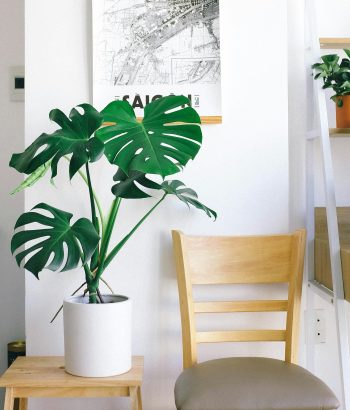
Pexels
Monsteras love warmth and don’t like temperature fluctuations. They thrive in temperatures between 20°C and 30°C. Anything below 10°C can slow growth and damage the plant, so keep it away from draughts and cold windows in winter.
It also prefers stable conditions—avoid moving your monstera too frequently or placing it somewhere where temperatures swing throughout the day.
Feed during the growing season
Like most houseplants, monsteras benefit from regular feeding during the spring and summer. A balanced, water-soluble houseplant fertiliser (diluted to half strength) once or twice a month is sufficient. You can switch to a foliage-focused formula with a higher nitrogen content if you want to boost leaf growth.
Avoid fertilising during the winter months when your plant isn’t actively growing.
Prune to shape and control
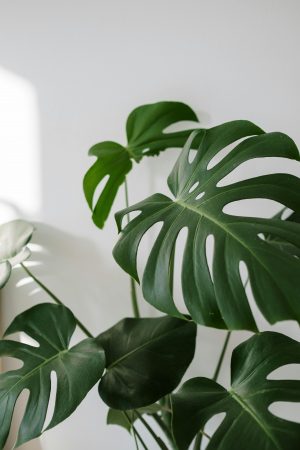
Pexels
Monsteras can get quite large, so pruning is sometimes necessary to control their shape or encourage bushier growth. Use clean, sharp scissors or shears to snip back leggy stems or remove older leaves that are yellowing or damaged.
It’s also a good idea to wipe down the large leaves occasionally with a damp cloth to remove dust and keep them looking glossy and healthy.
If your monstera is climbing, provide a moss pole or trellis. The plant will naturally cling to it with its aerial roots, giving it extra support and allowing it to grow upward more vigorously.
Repot when needed
Your monstera will need repotting every one to two years. Look out for signs like roots growing out of the drainage holes or stunted growth. Choose a new pot that’s one or two sizes larger and refresh the soil to give your plant a nutrient boost.
The best time to repot is during the spring or early summer when the plant is actively growing and can recover more quickly from the change.
Propagate and share
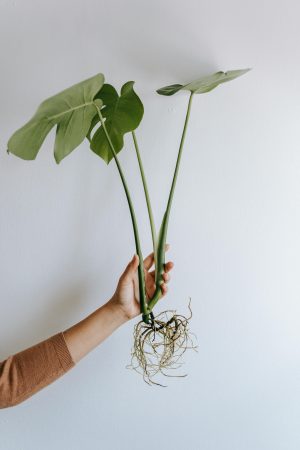
Pexels
One of the joys of monstera care is how easily it propagates. Cuttings can be taken from a healthy stem just below a node (where a leaf meets the stem), ideally one with an aerial root attached. Pop the cutting in water or moist soil, and within a few weeks, you should see roots forming.
You can then pot the baby monstera up and gift it to a friend—or expand your own indoor jungle.
Watch for common issues
Most problems with monstera care come down to light, water, or humidity. Yellowing leaves usually mean overwatering or too much direct sunlight. Brown, crispy edges are a sign your plant is too dry or the humidity is too low. If new leaves aren’t splitting, your monstera might not be getting enough light.
Pests like spider mites, mealybugs, and scale can occasionally appear but are easy to manage with regular leaf cleaning and prompt treatment using insecticidal soap or neem oil.
Caring for a monstera is mostly about mimicking the conditions it loves in the wild—warmth, humidity, dappled light, and the occasional feed. Once you’ve got the basics down, it’s a forgiving plant that rewards you with dramatic, jungle-like foliage and a strong presence in any space. Give it what it needs, and you’ll have a stunning statement plant for years to come.
ALSO SEE:
The ultimate list of difficult houseplants to add to your collection
Featured Image: Canva

